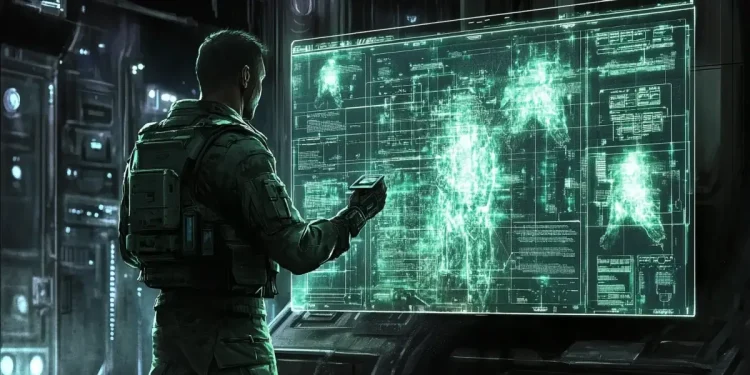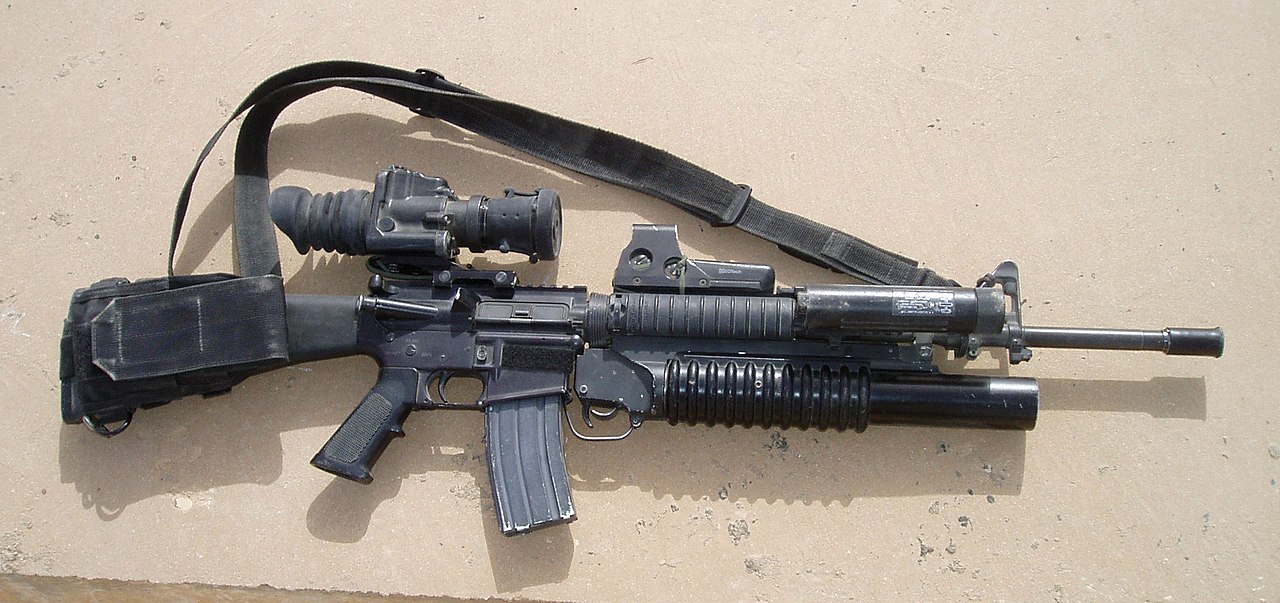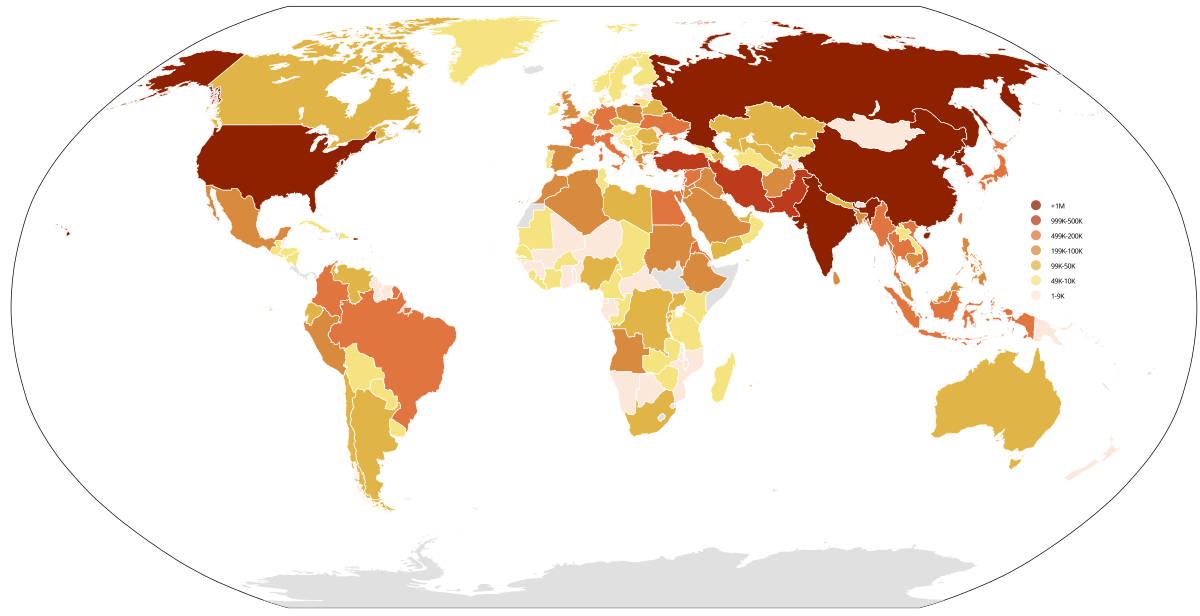The Integration of IoT in Defense
In recent years, the Internet of Things (IoT) has transformed various sectors, and the military is no exception. The application of IoT in the military, also referred to as the Internet of Military Things (IoMT), promises to revolutionize how defense operations are conducted. By connecting smart devices, vehicles, and weaponry within a cohesive network, IoMT augments situational awareness, streamlines logistics, and enhances decision-making processes.
Components of IoMT
The IoMT ecosystem comprises various interconnected devices and systems that include:
- Autonomous Vehicles: Drones and unmanned ground vehicles that perform reconnaissance, surveillance, and targeting missions without human intervention.
- Smart Weaponry: Missiles and bombs that use sensor networks to adjust their trajectories and improve accuracy.
- Wearable Technology: Equipment integrated into soldiers’ uniforms providing real-time health and positioning data to commanders.
- Robotic Systems: Devices for remote operation, bomb disposal, or heavy lifting.
Enhancing Situational Awareness
One of the primary advantages of the Internet of Military Things is its real-time data collection and analysis. Commanders and decision-makers receive instantaneous updates from the battlefield, enabling informed choices. The integration of various sensors and platforms ensures comprehensive surveillance, minimizing blind spots. For instance, data from aerial drones, ground sensors, and satellite imagery combine to create a unified operational picture.
Streamlining Logistics
The logistics of military operations are inherently complex. IoMT seeks to optimize these processes through smart inventory management and asset tracking. Automated systems can predict equipment maintenance needs, reducing downtime and enhancing operational readiness. This results in a more agile and efficient force capable of responding swiftly to evolving situations.
Challenges and Concerns
Despite its potential benefits, IoMT poses several challenges and security concerns. The interconnected nature of IoMT systems makes them vulnerable to cyber-attacks. Ensuring the cybersecurity of military networks is paramount. Additionally, there are ethical considerations regarding the decision-making capabilities of autonomous systems, particularly when it comes to lethal outcomes.
Technical Specifications Example
Below is a basic table outlining some technical specifications for military IoT devices:
| Device | Function | Connectivity | Power Source |
|---|---|---|---|
| UAV | Reconnaissance | Satellite, GPS | Battery, Solar |
| Smart Helmet | Health Monitoring | Bluetooth, Wi-Fi | Rechargeable Battery |
| Smart Bomb | Precision Strike | Radio | Internal Power Supply |
The Future of Military Engagement
The continual enhancement of military IoT technology suggests profound changes on the horizon for defense operations. Warfare strategies increasingly integrate digital and cyber components. Military forces might become more preemptive and preventative, minimizing risks and casualties. Global military powers are investing in research and development to further refine and secure IoMT technologies.
In conclusion, while IoMT is still an evolving field, its potential to transform military operations cannot be overstated. As technology progresses, the seamless blend of digital capabilities with traditional military strategy will likely dictate future military dominance. However, with progress comes responsibility, ensuring that these powerful technologies are deployed ethically and securely in pursuit of peace and stability.









